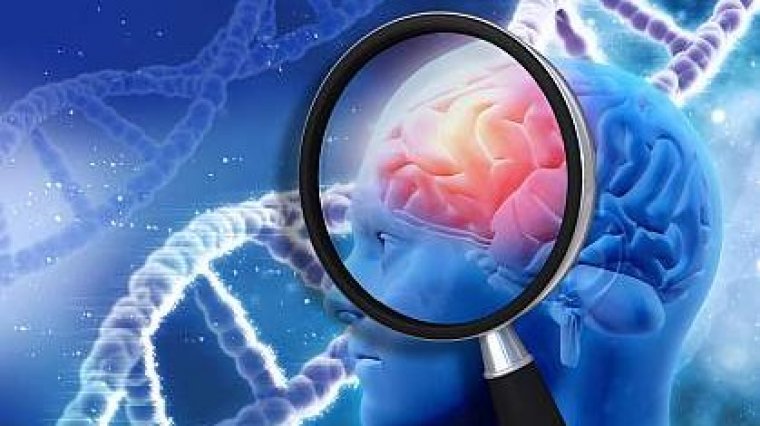| Health / Health News |
A biological mechanism for schizophrenia
NIH | MARCH 22, 2016
Several factors likely contribute to the risk of developing schizophrenia. It tends to run in families, so much research has focused on genetic variations that affect disease risk. Past genome-wide analyses have linked more than 100 genetic regions to schizophrenia risk. However, the specific genes and sequences that confer risk remained largely unknown.

Scientists identified the mechanism behind genetic variations that were linked to schizophrenia. ![]()
A team of scientists from the Broad Institute and Harvard Medical School examined the region with the strongest link to schizophrenia risk. They noted associations near the C4 gene, which encodes for complement component 4. C4 is part of the complement cascade, an immune system pathway that eliminates pathogens and cellular debris. Human C4 exists in 2 forms, C4A and C4B.
The team next analyzed the genomic variations of nearly 65,000 people (29,000 with schizophrenia) in this region and predicted the different forms of C4 and their expression levels. They discovered that the more strongly a variation correlated with the predicted expression of C4A, the more strongly it associated with schizophrenia.
The scientists compared expression levels in brain tissue from schizophrenia patients and controls. Both genes were expressed at higher levels in brain tissues from schizophrenia patients, but expression levels of C4A were 2-3 times greater than levels of C4B. Analysis of both human brain tissue and neurons in the lab confirmed C4 production in neurons, particularly at sites of connection between neurons, called synapses.
These findings, along with evidence from other studies, suggested to the researchers that C4 might work with other components of the classical complement cascade to promote synaptic pruning. In humans, this process occurs as the brain develops to full maturity, in the late teens to early adulthood. This period is also often when schizophrenia symptoms begin.
YOU MAY ALSO LIKE




